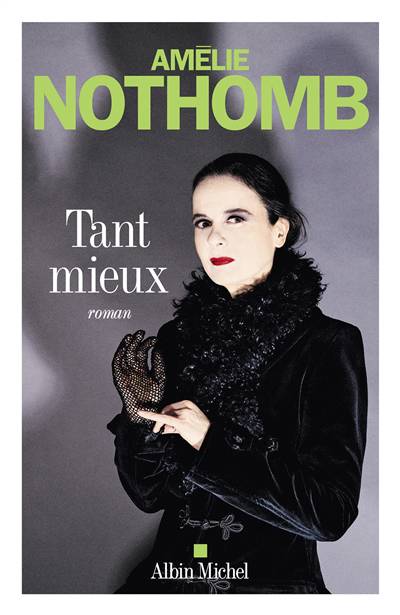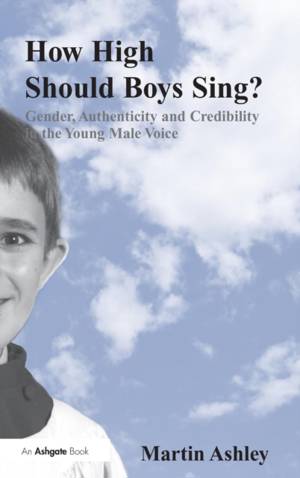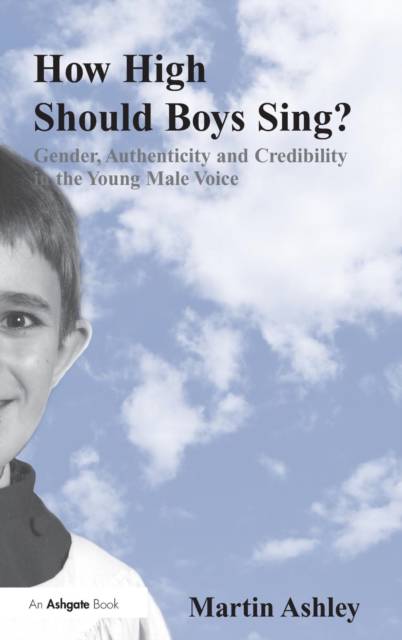
- Retrait gratuit dans votre magasin Club
- 7.000.000 titres dans notre catalogue
- Payer en toute sécurité
- Toujours un magasin près de chez vous
- Retrait gratuit dans votre magasin Club
- 7.000.0000 titres dans notre catalogue
- Payer en toute sécurité
- Toujours un magasin près de chez vous
How High Should Boys Sing?
Gender, Authenticity and Credibility in the Young Male Voice
Martin Ashley
Livre relié | Anglais
305,45 €
+ 610 points
Format
Description
'A boy sings...a beautiful thing' (www.boychoirs.org), but is it? What kinds of boy, singing what kinds of music and to whom? Martin Ashley presents a unique consideration of boys' singing that shows the high voice to be historically, culturally and physiologically more problematic even than is commonly assumed. The book intertwines the study of singing with the study of identity to create a rich resource for musicians, scholars, teachers and all those concerned with young male involvement in music through singing. The conclusions of the book will challenge many attitudes and unconsidered positions through its argument that many boys actually want to sing but are discouraged by a failure of the adult world to understand the boy mind. Ashley intends the book to stand as an indictment of much complacency and myopia with regard to the young male voice.
Spécifications
Parties prenantes
- Auteur(s) :
- Editeur:
Contenu
- Nombre de pages :
- 194
- Langue:
- Anglais
Caractéristiques
- EAN:
- 9780754664758
- Date de parution :
- 21-09-09
- Format:
- Livre relié
- Format numérique:
- Genaaid
- Dimensions :
- 156 mm x 234 mm
- Poids :
- 453 g

Les avis
Nous publions uniquement les avis qui respectent les conditions requises. Consultez nos conditions pour les avis.






